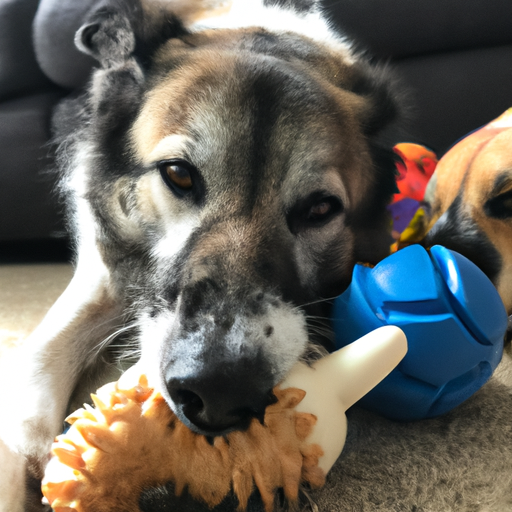As a caregiver to your beloved four-legged friend, you may have noticed your dog behaving differently. Maybe they’re chewing more than usual or whimpering for seemingly no reason. These are signs your dog could be teething.
Understanding Dog Teething
Just like human babies, puppies go through a teething phase. This is when their baby teeth, also known as deciduous teeth, wane and are replaced by adult teeth. During this phase, puppies can experience a variety of symptoms, including:
- Excessive chewing
- Red, swollen gums
- Drooling
- Whining or whimpering
- Visible teeth emerging
The Timeline of Dog Teething
Understanding the timeline of your dog’s teething process can help you provide the right support at the right time. Here’s a general timeline:
- 2-4 weeks: Puppies are born without teeth. Their baby teeth start to emerge around 2-4 weeks of age.
- 4-6 months: Puppies begin losing their baby teeth, which are replaced by adult teeth.
- 6-8 months: By this age, most dogs should have all their adult teeth.
How to Soothe a Teething Puppy
Teething can be uncomfortable for your dog, but there are ways you can help soothe their discomfort:
- Chew Toys: Provide safe, puppy-friendly chew toys. These can provide relief and also keep your puppy entertained.
- Frozen Treats: Chill some puppy-friendly snacks in the freezer. The cold can help soothe sore gums.
- Gentle Massage: With clean hands, gently massage your puppy’s gums. This can provide some relief.
Signs of Problems
While teething is a normal part of a puppy’s development, there are signs that something may be wrong:
- Persistent bad breath
- Loss of appetite
- Excessive drooling
If you notice any of these signs, take your dog to a vet for a check-up.
How to Prevent Damage to Your Home
Teething puppies can be destructive. Here are some tips to protect your belongings:
- Provide Plenty of Chew Toys: Always have a variety of chew toys available for your puppy.
- Use Bitter Sprays: These are safe for dogs but taste unpleasant, discouraging chewing.
- Supervise Your Puppy: Keep an eye on your puppy, especially in areas with valuable items.
Taking Care of Your Dog’s Teeth Post-Teething
Once your dog’s adult teeth have come in, it’s important to maintain their dental health. Here are a few tips:
- Brush Regularly: Use a dog-friendly toothpaste and brush your dog’s teeth regularly.
- Regular Check-ups: Take your dog for regular dental check-ups at the vet.
- Healthy Diet: Provide a balanced diet to help maintain strong, healthy teeth.
Frequently Asked Questions
-
When do puppies start teething?
Puppies usually start teething around 2-4 weeks of age. -
How long does the teething process last?
The teething process typically lasts until the puppy is 6-8 months old. -
What can I give my teething puppy to chew on?
Provide your puppy with safe, puppy-friendly chew toys. Avoid items that could splinter or break. -
What should I do if my puppy’s teething seems severe?
If you’re concerned about your puppy’s teething, it’s best to consult with a vet.
Remember, as a caregiver, your understanding and support can help your puppy navigate this uncomfortable phase with ease.



